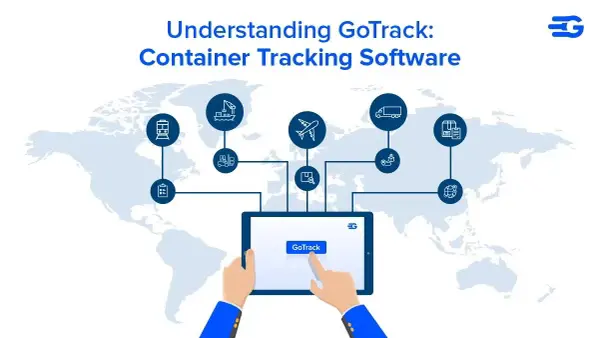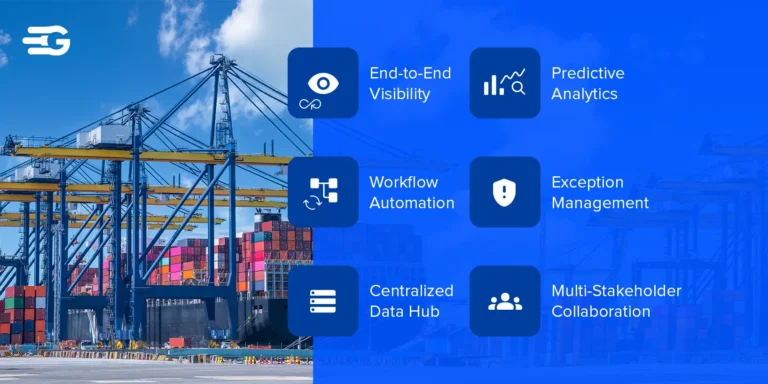Sales and Operations Execution: Process, Best Practices and More
Your monthly planning meetings keep getting hijacked by urgent problems. Sales is promising delivery dates that operations can’t hit. And you’re constantly putting out fires instead of actually running your business. Sound familiar? That’s exactly why Sales and Operations Execution exists – it’s the weekly reality check that keeps your monthly plans from falling apart.
Sales and Operations Execution fills the gap between your strategic planning and daily chaos. While your monthly S&OP meetings focus on the big picture, S&OE handles the stuff that actually happens week to week.
Time to see how this actually works and why your business probably needs it.
What is Sales and Operations Execution?
Sales and Operations Execution is your weekly game plan for the next 0-13 weeks. Think of it as the tactical bridge between your monthly S&OP strategy meetings and the daily madness that happens on the floor.
Here’s how it works: Your S&OP process sets the direction for 3-18 months out – new products, capacity planning, big supply chain moves. But between those monthly meetings, stuff happens. Suppliers get delayed. Customers change orders. Equipment breaks down. That’s where Sales and Operations Execution comes in.
The weekly process typically includes:
- Demand Review: Looking at actual sales data and fixing short-term forecasts based on what’s really happening
- Supply Check: Seeing if inventory levels, production capacity, and suppliers are doing what they promised
- Gap Analysis: Finding specific problems where reality doesn’t match your monthly plan
- Action Planning: Making quick decisions about production schedules, supplier switches, or inventory moves
- Performance Tracking: Watching the numbers that matter for getting stuff done this week
This matters more than ever because execution pressure is ramping up. In $250M-$1B companies, 37% expect their Account Executives to generate 41%-50% of the pipeline – which means sales and operations teams have to work together way more tightly to hit those numbers.
Key Difference from Monthly S&OP
Here’s the thing – S&OP and S&OE handle completely different problems, so trying to do both in one meeting just doesn’t work.
| Monthly – S&OP | Weekly – S&OE |
| Strategic planning (3-18 months) | Tactical execution (0-13 weeks) |
| Product families and capacity | Specific SKUs and actual orders |
| Trade-off decisions and resource allocation | Immediate problem solving |
| Monthly rhythm | Weekly rhythm |
| Executive-level decisions | Operational-level decisions |
This separation keeps your strategic thinking clear while making sure operational problems get solved quickly. S&OP shouldn’t get bogged down deciding whether to expedite a shipment – that belongs in your weekly S&OE sessions.
Benefits of Sales and Operations Execution
When you implement Sales and Operations Execution right, you stop playing defense all the time. Here’s what actually changes.
Better Financial Performance
Quick adjustments save real money. When you can shift production schedules, reroute shipments, or adjust inventory levels based on weekly data, you reduce carrying costs and avoid emergency expediting fees. Companies using structured S&OE processes typically see inventory reductions and improved cash flow within months.
Faster Problem Resolution
Instead of finding out about issues during your monthly review, you catch them when there’s still time to fix things. A supplier delay that would normally wreck your entire month becomes a manageable problem when you spot it during week one. Your weekly S&OE sessions become your early warning system.
Enhanced Agility
Market conditions change fast, and weekly tactical planning lets you respond accordingly. Competitor price moves, sudden demand spikes, or supply disruptions become manageable when you have a regular process for making quick decisions.
Improved Customer Service
Your delivery promises become believable because they’re based on current reality, not last month’s assumptions. When customer service can give accurate delivery dates and communicate delays ahead of time, customer satisfaction improves. Sales and Operations Execution gives you the visibility to manage customer expectations instead of constantly disappointing them.
How to Implement Sales and Operations Execution
Getting started with S&OE doesn’t require overhauling your entire planning process. Start small and build on what works.
- Begin with Your Biggest Pain Point
Pick the product line or customer segment that causes you the most headaches.
Maybe it’s your highest-volume product that’s always running into supply issues, or your most demanding customer who changes orders constantly. Focus your initial S&OE pilot on the area where problems cost you the most money or stress.
- Define What Decisions Belong Where
Figure out which decisions need weekly attention versus monthly planning. Generally, anything affecting the next 3+ months stays in S&OP, while issues in the next 0-13 weeks move to your Sales and Operations Execution process.
Write this down and stick to it – otherwise your weekly meetings will turn into monthly planning sessions.
- Track Numbers That Matter for Execution
Focus on KPIs that reflect short-term execution success – on-time delivery rates, inventory turns, supplier performance, customer service levels. These metrics should be reviewed weekly and tied to specific actions. Make sure you can actually influence the numbers you’re tracking within your 13-week window.
- Get the Right People in the Room
Include people who can actually make decisions, not just provide information. Your S&OE team needs authority to adjust production schedules, change supplier allocations, or modify inventory targets. If someone needs to “check with their boss” before making tactical decisions, they shouldn’t be in the meeting.
- Invest in Real-Time Visibility
You can’t make good tactical decisions based on stale data. S&OE requires systems that show current inventory, production status, and supply chain information.
Platforms like GoComet provide the real-time visibility needed for effective weekly planning without manual data collection.
Best Practices for Sales and Operations Execution
Getting S&OE right isn’t complicated, but it requires discipline and the right approach.
Establish Consistent Weekly Rhythms
Pick a day and time for your weekly S&OE meetings and stick to it. Tuesday mornings work for most businesses because you have Monday’s data but still have the week to implement decisions. Keep meetings focused on the next 13 weeks maximum – anything longer belongs in your monthly S&OP process.
Use Real-Time Data for Decisions
Base decisions on current information, not last week’s reports. This means having systems that show actual inventory levels, current production status, and real shipping schedules. Decisions made on stale data often make problems worse instead of better.
Build Cross-Functional Decision Teams
Include people who can actually make decisions, not just provide updates. Your S&OE team needs representatives from sales, operations, procurement, and finance who have authority to commit resources and change plans. Status update meetings don’t solve problems.
Connect Every Decision to Financial Impact
Always quantify what problems cost and what solutions are worth. When discussing whether to expedite a shipment or switch suppliers, put dollar amounts on the options. This keeps discussions focused on business impact rather than personal preferences.
Assign Clear Ownership for Action Items
Every decision needs someone specific responsible for execution. “The team will handle it” doesn’t work. S&OE only succeeds when accountability is clear and follow-through is tracked.
How Can GoComet Help with Sales and Operations Execution
Effective Sales and Operations Execution requires real-time visibility into what’s actually happening in your supply chain. That’s where GoComet’s platform makes a real difference.
S&OE works best when decisions are based on current, accurate information rather than guesswork about what might be happening in your supply chain.
Conclusion
Sales and Operations Execution gives you a structured way to handle that gap. Instead of finding problems during monthly reviews when it’s too late, you catch issues while there’s still time to respond. The weekly rhythm keeps your strategic plans grounded in what’s actually happening.Want to see how real-time visibility can make your S&OE process work better? Take a look at what GoComet can do.






